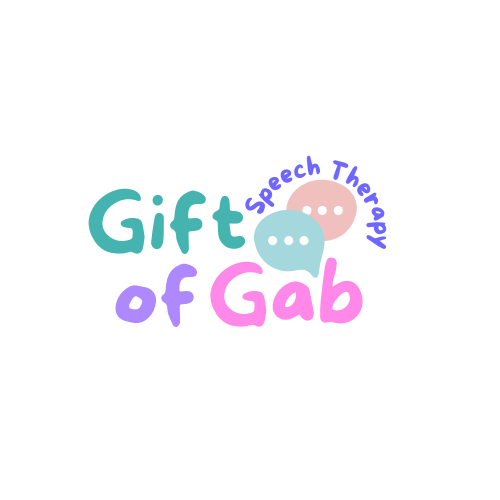"Children need the freedom and time to play. Play is not a luxury. Play is a necessity.”
- Kay Redfield Jamison
We focus on play-based, child-centered speech-language therapy right in the comfort of your home or school environment. We believe that every child learns best through play, and our approach integrates fun and engaging activities into therapy sessions to promote language development naturally.
In our sessions, we focus on your child's unique strengths and interests, tailoring activities to their specific needs and goals. By creating a nurturing and playful atmosphere, we encourage communication in a way that feels natural and enjoyable for your child.
Whether your little one needs support with speech articulation, language comprehension, or social communication skills, our child-centered approach ensures that they not only progress but also have a great time doing so. Together, we'll build confidence and empower your child to communicate effectively in all aspects of their life.
Explore how our play-based approach can make a positive difference in your child's speech and language development journey. Contact us today to schedule a consultation and take the first step towards unlocking your child's full communication potential.
Early Intervention
Early intervention is crucial, especially in the formative years from birth to three, as it sets the stage for lifelong communication success. As a passionate speech-language pathologist specializing in pediatric care, I understand the critical importance of identifying and addressing speech and language delays early on.
Some signs that may indicate your child may benefit from working with an early intervention speech-language pathologist include:
Limited Babbling: A lack of varied babbling (e.g., consonant-vowel combinations) by around 9 months of age.
Delayed or Absent Speech: Not using single words by 12 months or two-word phrases by 24 months.
Difficulty Understanding Instructions: Not responding to simple verbal commands appropriate for their age, such as "come here" or "wave bye-bye."
Limited Gesturing: Not using gestures like pointing, waving, or nodding to communicate by 12-15 months.
Speech Sound Errors: Persistent difficulty pronouncing certain sounds or words correctly beyond what is typical for their age.
Limited Social Interaction: Not engaging in back-and-forth interactions, such as imitating sounds or facial expressions, during play with caregivers.
Receptive Language Delays: Trouble understanding simple questions or following basic directions appropriate for their age.
Regression: Loss of previously acquired speech or language skills, such as babbling or using words.
Family History: Having a family history of speech or language delays or disorders may increase the likelihood of needing early intervention.
Speech-Sound Disorders
Speech-sound disorders can affect a child's ability to be understood by others and may impact their confidence, social interactions, and even early literacy skills.
Signs of a speech-sound disorder include:
Substitution: Replacing one sound with another (e.g., saying "wabbit" instead of "rabbit").
Omission: Leaving out certain sounds in words (e.g., saying "nana" instead of "banana").
Distortion: Pronouncing a sound incorrectly, making it sound unclear or muffled.
Difficulty with Speech Intelligibility: Others may have difficulty understanding the child's speech, especially unfamiliar listeners. A child is expected to be understood by familiar listeners 50% of the time by 2 years, 75% of the time by 3 years, and 100% of the time by 4 years.
Impact on Social Interaction: Children may feel frustrated or avoid social interactions due to fear of being misunderstood.
My approach involves thorough assessment to pinpoint specific speech difficulties and create personalized therapy plans. Through engaging activities and targeted interventions, I work closely with your child to improve their speech clarity and articulation and carry the learned skills over to their natural environment.
Language Delays and Disorders
Language delays or disorders can manifest in various ways, depending on the child and the specific challenges they face. Here are some common signs and examples of what language delays or disorders may look like:
Limited Vocabulary: The child may have a smaller vocabulary compared to peers of the same age. They may struggle to find the right words to express themselves.
Difficulty Forming Sentences: They might have trouble putting words together to form grammatically correct sentences. This can affect their ability to communicate ideas clearly.
Trouble Understanding Instructions: Difficulty understanding and following directions appropriate for their age group, which can impact academic performance and daily activities.
Challenges with Social Interaction: Difficulty engaging in conversations, staying on topic, or understanding non-verbal cues during social interactions.
Late Development of Language Milestones: Not reaching typical language milestones for their age, such as babbling, first words, or combining words into phrases.
As a speech-language pathologist, I can help parents address these concerns through comprehensive assessment, individualized therapy plans, evidenced based techniques, and parent education and support.



